Dr. Terror's House of Horror
Amicus Productions was set up by Milton Subotsky and Max Rosenberg in about 1960 as a rival and complementary to Hammer Studios and used many of the same casts and narrative devices, with the portmanteau proving the most popular of their films. Among these were Asylum, Tales from the Crypt and Dr. Terror's House of Horrors. These films all have a central linking device to enable three, four or even five separate stories to be told. In this case, five men all enter the same train carriage to travel from London to Bradley and, just before the train departs, a strange old man joins them.
When questioned, he reveals his name to be Dr Schreck, a German word which translates as 'terror' in English. When the train jolts and he drops his luggage, his companions notice the pack of tarot cards on the floor and four of them seem quite interested in what he has to say about the cards and their ability to tell the future. The most sceptical, Franklyn Marsh, a pompous art critic, makes no secret of his disdain for the doctor and his 'parlour games'. One by one, the cards are shuffled and tapped three times by the passenger who has asked for his future to be revealed:
The first to try his luck is an architect, Jim Dawson who travels to his old house in a remote area of Scotland as the old lady who now resides there wants some alterations. Things don't go as Jim expects and he finds a skeleton hidden behind a false wall in the cellar. Who is it and what does it have to do with him?
Next up is Bill Rogers who returns from holiday with his family to find a plant on the outside of the house has grown exponentially and seems to possess a self defence mechanism, knocking shears out his hands, killing the dog and threatening the occupants.
When Biff Bailey, a jazz trumpeter, lands a gig in the Caribbean, he is drawn to the idea of the voodoo ritual which will take place at night and, against all advice, travels to the area in the jungle to watch the sacred ritual only to be warned away, told in no uncertain terms that the music is sacrosanct and that performing it elsewhere will anger the god. Biff doesn't listen and makes his own composition based on what he heard with serious consequences.
It took some persuasion, but Franklyn Marsh agrees to go along with the others and the cards prophesise that he will make an enemy of an artist and a fool of himself when he slams his work and praises that of a promising new artist who is revealed to be a chimpanzee. Unable to take the mocking, he decides to run over the painter who loses his hand and kills himself. The hand isn't done and pursues Marsh for revenge...
Last up is an American doctor, Bob Carroll, who returns to his hometown with his new French bride only to discover that their arrival coincides with a rash of anaemic children and he begins to suspect that she may be a vampire.
One by one, the tales end with the participant's death and Dr. Terror reveals a fifth card showing how they can escape their untimely end. In every case, it is the death card.
Whilst not making my top ten horror film list, I really like the Hammer and Amicus output from the 1950s, '60s and '70s as they are well written, acted and directed. They may not have the budget of their American counterparts but what they lack in finesse, they make up for in charm. It certainly does no harm to have a cast like this - an eclectic mix if ever there was one - with Peter Cushing as the titular doctor, Christopher Lee as the art critic who is never short of a put down and the other main characters including Donald Sutherland, Roy Castle (who plays the trumpeter, what else?) and even Alan 'Fluff' Freeman who was predominately known for presenting Top of the Pops!
The effects are really creaky, especially the killer vine from the second segment which is obviously operated by wires and fishing line and the vampire bat from the final story is pretty laughable. However, Freddie Francis is not one of Britain's most respected horror directors for no reason and he handles the film with style.
The Disc
Extra Features
Just a stills gallery, theatrical trailer and several trailers for other 'Best of British' horror releases.
The Picture
A nice anamorphic picture that, though a little dated, is of respectable quality and shows the colour and contrast well. The effects, as I've said, are far from convincing but you somehow buy into the conceit and don't mind Christopher Lee being chased around by an obviously mechanical hand!
The Sound
The Dolby Digital 2.0 mono track is unspectacular but does the job well and it's surprising how well it works with the more effects driven scenes, such as when the club where Biff is performing his voodoo inspired music is hit by a mysterious windstorm.
Final Thoughts
I first saw Dr. Terror's House of Horrors when I bought the brilliant coffin shaped Amicus Collection and have seen it a couple more times since then, enjoying it just as much with each repeated viewing as the first time. It is a classic piece of British horror and, if you haven't seen it then it is one to check out and a fine introduction to the world of Amicus horror films.
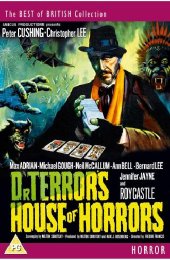
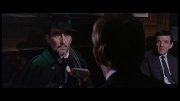
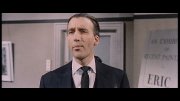
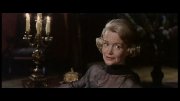
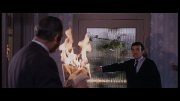
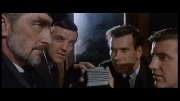
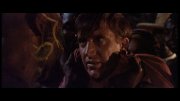
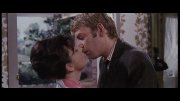
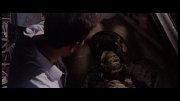
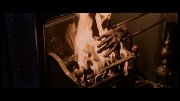
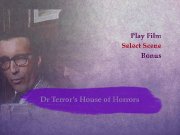
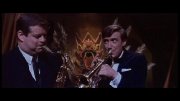

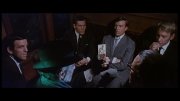
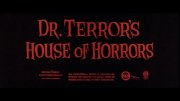













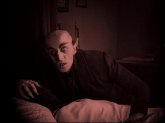






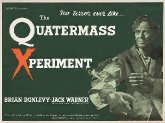













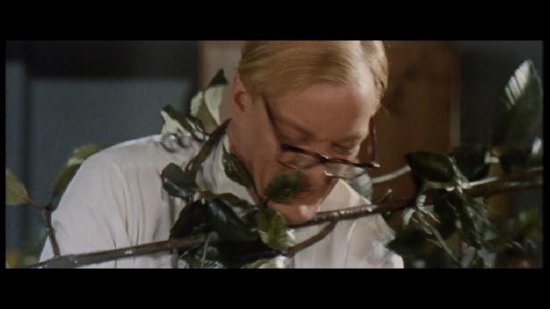

Your Opinions and Comments
Be the first to post a comment!